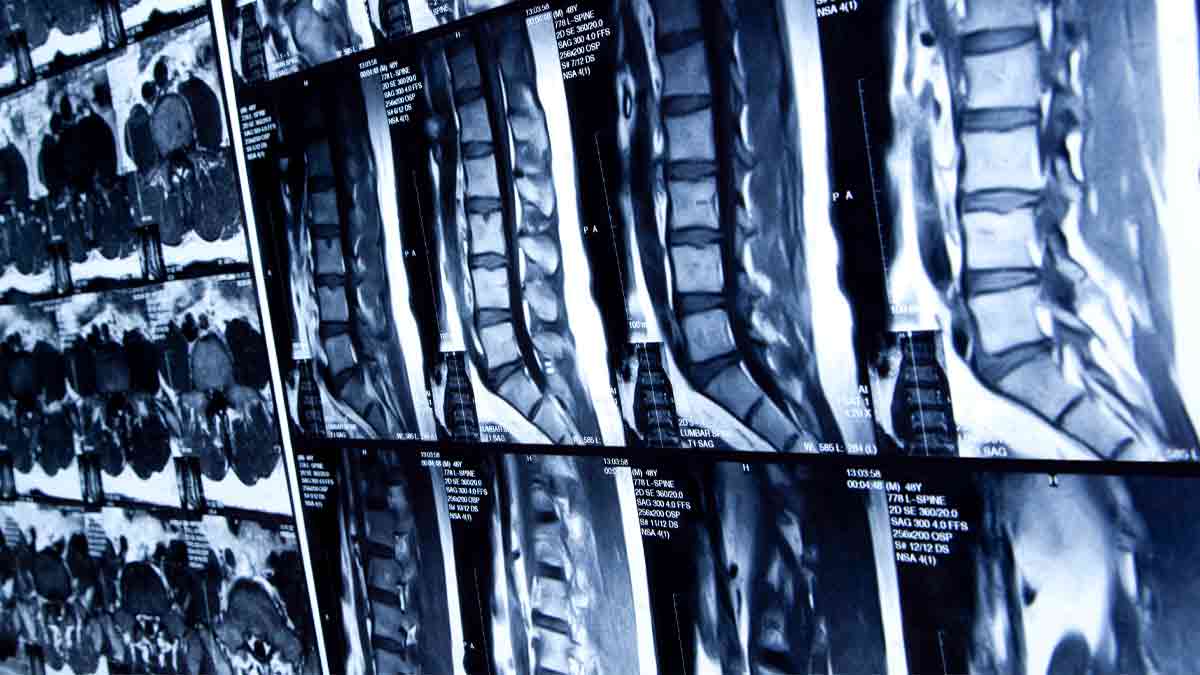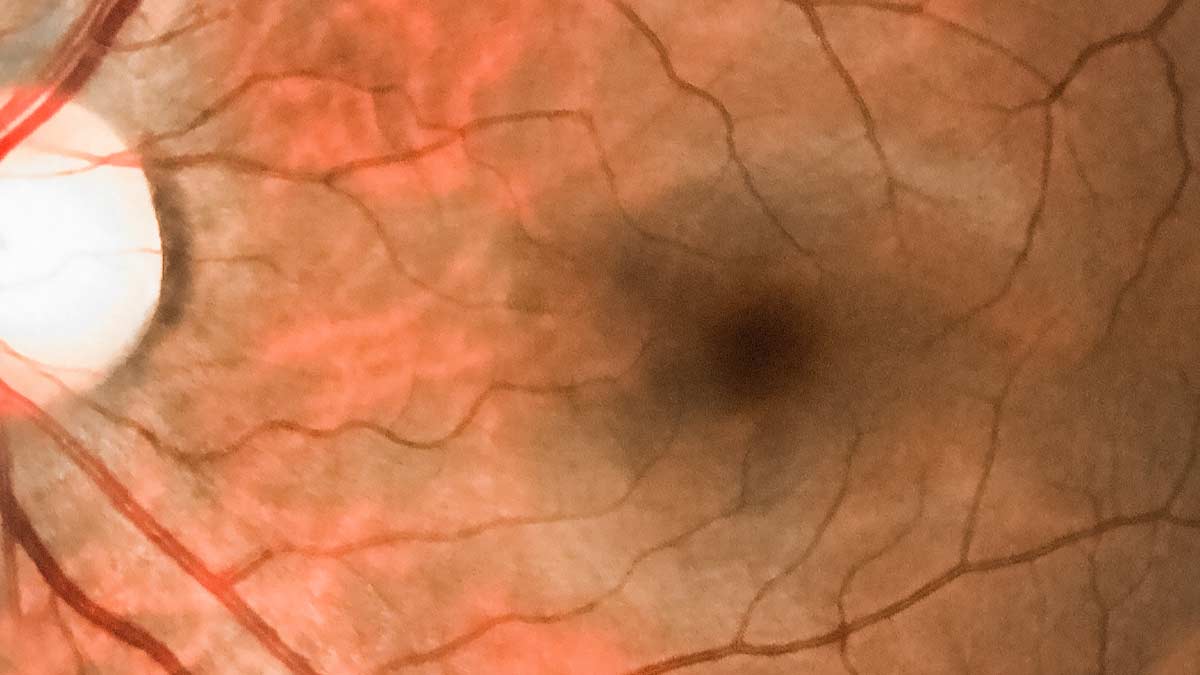Groundbreaking research at Ohio State aims to end Parkinson's disease
The symptoms vary from patient to patient. Some Parkinson’s sufferers are rigid, unable to smile or move easily. Others experience tremors and shake uncontrollably, losing their ability to do simple things like shave, make a sandwich or pour a cup of coffee. The rare pediatric patients – those born without dopamine and eventually unable to move – never have a chance to experience a normal life.
But thanks to the efforts of Krystof Bankiewicz, MD, PhD, a world-renowned researcher specializing in neurodegenerative disorders, and Russell Lonser, MD, co-director of The Ohio State University Wexner Medical Center Neurological Institute, transformational gene therapy is showing promising outcomes. Their research can, and may probably, develop cures for those with Parkinson’s and other neurodegenerative diseases. Moreover, the real potential for someday knowing how to regenerate the brain and reverse the effects of these diseases is on the horizon.
“This didn’t happen overnight,” says Dr. Bankiewicz. “It’s taken decades to get to where we are now to move forward with clinical trials. Many things had to be developed, from the concepts to understanding how to formulate gene therapy to how to deliver it to the brain.”
A new approach
Current treatments for Parkinson’s disease – caused by a decrease in dopamine – range from medication to deep brain stimulation (DBS), a procedure in which electrodes are implanted in the brain to release electrical impulses easing the symptoms. Yet the medications can have serious side effects, and DBS doesn’t completely relieve symptoms, works only for a period of time, and has no potential to reverse the effects of the disease.
The novel gene therapy consists of a non-pathogenic virus that’s been modified to do only one thing: deliver the missing gene to a specific region of the brain. The gene works to disrupt the circuits of the disease and stop its progression. Remarkably, the patient needs to be treated only once to halt the disease.
However, the gene can’t be administered by an IV or oral medication due to the blood brain barrier – it must be directly implanted in the brain at the precise spot using an MRI scanner. “We had to develop not only the know-how of this therapy but also the instrumentation and procedures to deliver the drug,” says Dr. Bankiewicz.
In fact, he and Dr. Lonser, along with Malisa Sarntinoranont, PhD, literally wrote the book on how the procedure is done. Nervous System Drug Delivery: Principles and Practice (Academic Press) was published June 25, 2019.
“What Dr. Bankiewicz pioneered and showed, particularly with gene therapy, is that by giving targeted treatment, you can interrupt these disease circuits precisely and that wasn’t possible before,” says Dr. Lonser. “Gene therapy is changing medicine forever.”
Promising clinical trials
Prior to coming to Ohio State, Dr. Bankiewicz began his research more than 35 years ago at a clinic in Warsaw and later at the University of California San Francisco (UCSF). A joint effort is underway with UCSF, with Ohio State leading the development.
“It’s been a team effort all the way. Dr. Lonser is responsible for my being here and we’ve had tremendous support from the institution,” says Dr. Bankiewicz. “I devoted myself for years to the non-clinical component of this process, but I enjoy participating in the clinical trials and being an active member of the clinical team.”
Six clinical trials are happening at Ohio State with specially selected patients varying in age, background and nationality, and at different stages of their respective neurodegenerative diseases. Two of the trials center on the effectiveness of glial cell line-derived neurotrophic factor gene therapy. Two other trials are testing gene therapy for Huntington’s and Alzheimer’s disease, which are related to Parkinson’s. The remaining two trials are testing the 1-amino acid decarboxylase gene therapy for both adult and pediatric patients. A seventh trial for a Parkinson’s-like condition will start in late 2019.
The trials for the pediatric patients have been so successful that registration of the therapy has been fast tracked with the help of the Food and Drug Administration, with the hope of the drug being approved in 2020. “I didn’t realize how much it was going to hit me with those kids,” says Dr. Bankiewicz. “A little girl from Spain was treated in Warsaw and her tremendously grateful father said after surgery, ‘Our daughter was born twice: once in Spain and once Warsaw.’ The girl is now sitting, moving her head, and can sleep all night. Now they’re closer to healthy kids.”
The overarching goal of the research is to develop treatment to essentially erase the effects of Parkinson’s and other neurodegenerative diseases. These physicians are proud it’s happening here.
“There’s no other institution on this planet that’s running more adult and pediatric trials than Ohio State,” says Dr. Bankiewicz. “This is a new frontier in medicine. It’s very exciting.”



